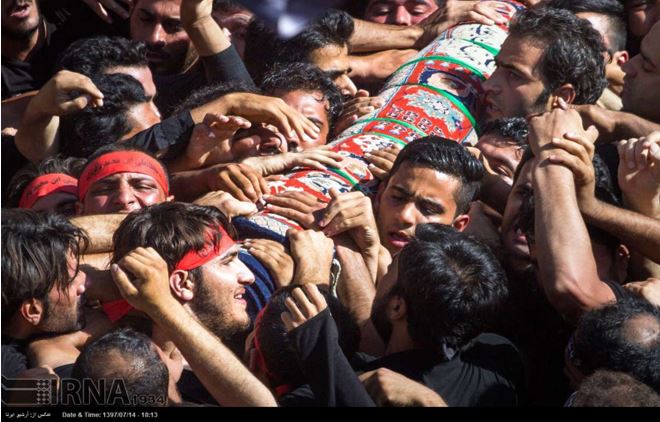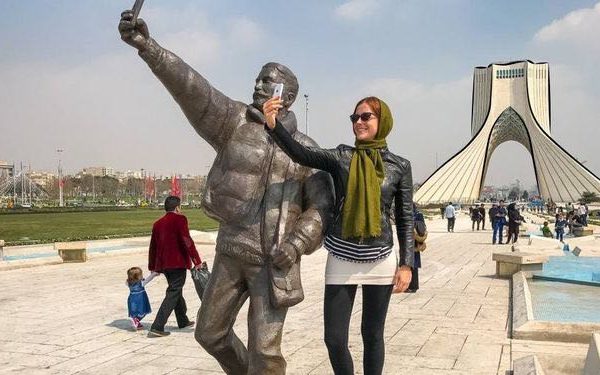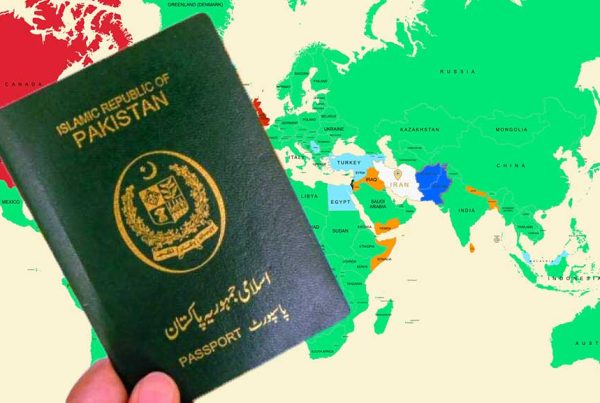Table of Contents
Qalishuyan? Carpet washing?? Qalishuyan ritual??? Yes, I agree! Imagining a ritual which involves carpet washing may seem quite odd, even exotic. However, the ceremony of Qalishuyan, held in Mashhad Ardehal near Kashan, was inscribed on UNESCO’s Representative List of the Intangible Cultural Heritage of Humanity in 2012, indicating its importance as a significant event of high cultural value. So, it can be a highly recommendable tourist attraction for the foreign tourists coming to Iran. But, how does it look like?
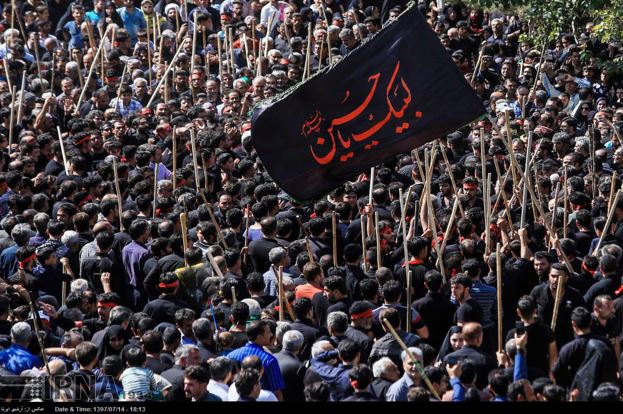
On the second Friday of Mehr, the first month of the autumn based on the Iranian calendar (approximately end of September and beginning of October), a huge number of people from the villages of “Khaveh-ye Ardahal” and “Fin” gather together to perform the ritual of Qalishuyan. Filled with passion and enthusiasm, they take a piece of carpet from a holy shrine, carry it to a stream of water some meters away, wash it and then bring back to the same shrine.
Still confused? Well, let’s delve into some history to understand the significance of the Qalishuyan ritual.
The Historical Roots of the Qalishuyan Ritual
During the first century after the advent of Islam in Iran, tired and burnt out by the ruthless conduct of their rulers, people of “Chehel Hasaran” and Fin wrote a letter to Imam Muhammad Baqer, the fifth Imam of Twelver Shia Muslims. The letter was a letter of complaint, describing all the brutal cruelties imposed on the innocent people of these two regions. They were in urgent need of help.
So, to save his oppressed followers from their misery, Imam Mohammad Baqer decided to send his 32-year old son, Imamzadeh Ali ibn Muhammad Baqer, later known as Sultan Ali, to this land of corrupt power. Arriving in Iran, Sultan Ali began preaching the true teachings of Islam among the people of the region.
But, his love among people made the malicious governors of the area feel threatened. Therefore, he was eventually killed by the Caliph’s representatives from the Umayyad dynasty in Darband of Aznaveh. It is said that he was praying to God when he was martyred.
Two days later, when the news of Soltan Ali’s murder reached the people of Fin, they rushed to the Aznaveh village, today also known as Ghatlgah or the place of murder, equipped with shovels, sticks and clubs to fight with their enemies. On the third day, they wrapped the body of Sultan Ali in a piece of carpet, took the carpet to a stream known as Shahzadeh Hussein, washed the body of Sultan Ali and buried him above a hill in Mashhad Ardehal (also known as Mashhad-e Qali).
Another version of the story is that people of Fin wrapped the body of Sultan Ali in a carpet, took it above a hill in Mashhad Ardehal and buried him there. Then, they took the carpet rinsed in blood to the Shahzadeh Hussein stream and washed it clean. It is said that when people of Fin were busy burying the body of Sultan Ali, people of Khave came to their help and that’s why the ritual of Qalishuyan is shared between the people of Fin and Khaveh today.
Now, after approximately a thousand years, the burial place of Sultan Ali has turned into a holy shrine, highly respected by the local people.
The Ritual of Qalishuyan
Now that you know the historical roots of Qalishuyan, let us have a more detailed description of the ritual.
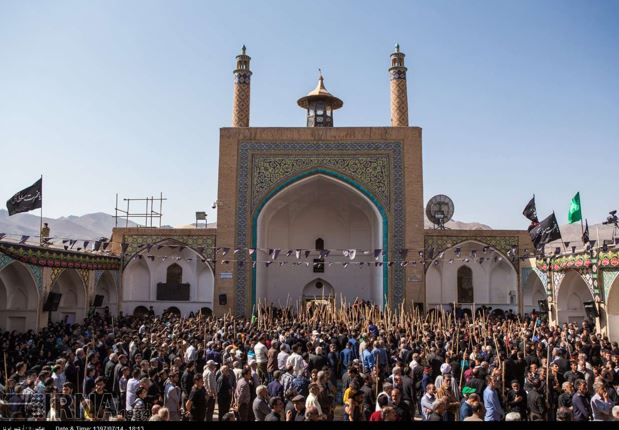
As I mentioned before, the ritual of Qalishuyan is held on the second Friday of Mehr, called Jomeye Qali or “carpet Friday.” On this day, thousands of people come together in Mashhad Ardehal. Actually, the importance of attending this ritual for the believers is equal to that of attending the shrine of Imam Hussein, the third Imam of Shia Muslims, in Karbala.
By the way, they wear black clothes, hold their finely shaped sticks and clubs in their hands and wait beside the Shahzadeh Hussein stream for the beginning of the ritual. At the same time, the elders (known as Rish-Sefid) collect donations from the participants. When the ceremony begins, the crowd put their clubs in the air and move towards the Sultan Ali Shrine, some 800 meters away, shouting YA Hussain at the top of their voices.
When the crowd reaches the shrine of Sultan Ali, they enter it through a courtyard called Sahn-e Papak. Then, by way of some stairs, they enter another courtyard, Sahn-e Safa. Usually, a splendid mourning ceremony is held in this courtyard.
Later, after the mourning ceremony, one of the elders of Fin village gives the collected donations to the main servant of the shrine and asks him the carpet which held the body of Sultan Ali. Accordingly, the servants wrap a piece of carpet in black cloth and give it to the elders of Fin. Then, the excited people of Fin rush to their elders, take the carpet from them and move toward the Shahzadeh Hussein stream, shouting Ya Hussein as loudly as possible. Another group, that is, people who are not from Fin, follow this group, shaking their clubs in the air like an angry army.
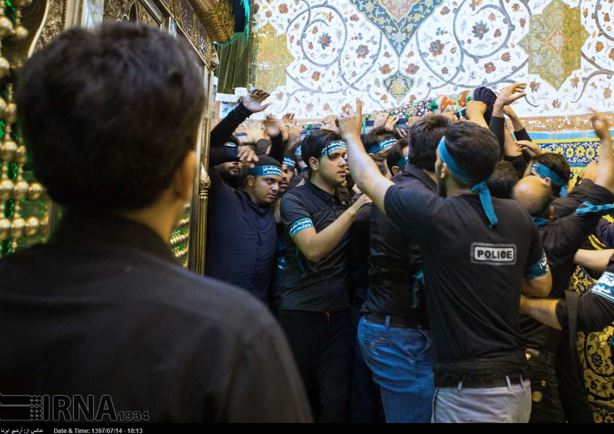
At the stream, people put their clubs into the water and sprinkle the carpet with water drops, making a corner of it wet.Thereafter, people of Fin take the carpet once more and move back toward the holy shrine. This time the crowd enters the shrine through the courtyard of Sardar. Here, after some struggle, since people do not want to get away from their imagined Imam wrapped in the carpet, the elders of Khaveh come, take the carpet and deliver it to the servants of the Shrine.
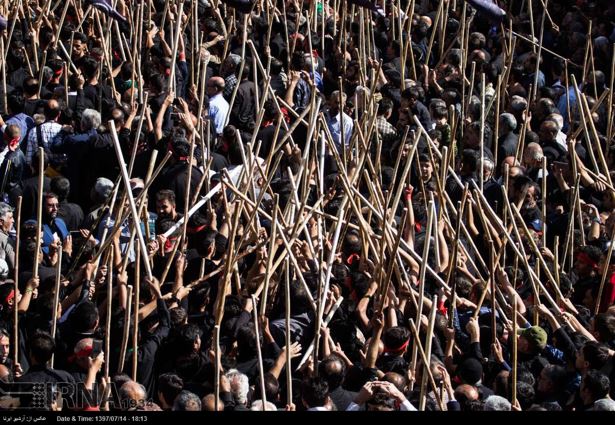
And, in this manner finishes the symbolic ritual of Qalishuyan at noon.
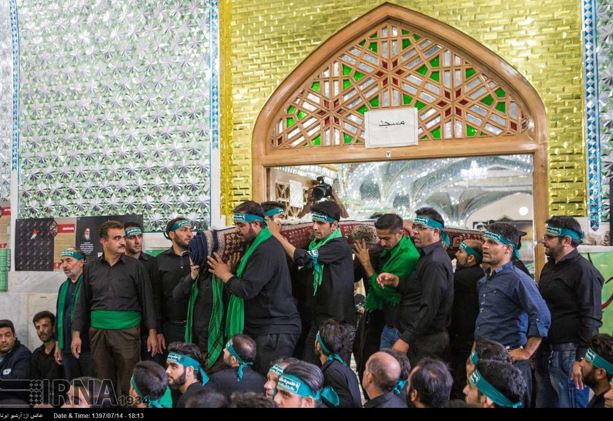
Note: Nowadays the village of Fin is part of Kashan city, so a large crowd of people come to this event from Kashan.
Other Traditions Associated with the Qalishuyan Ritual
Hafte-ye Jaar: The Week of Announcement
Although it is now a faded tradition, people of Kashan and Fin used to get informed of the event one week before it by some special heralds.
Bazaar of Mashhad Ardehal
At the time of Qalishuyan Ritual, a market is set up in Mashhad Ardehal in which local businessmen sell their products to pilgrims. It is believed that buying home appliances in Mashhad Ardehal, in the vicinity of Sultan Amir Shrine, brings good fortune.
The tourists present in Iran can go to Mashhad Ardehal from Kashan easily. If you attended this ceremony, it is worth your while to visit Niasar, a historic city of ancient times. It is just 30 kilometers away from Mashhad Ardehal.
Read more: Ta’ziyeh; An Iranian Play Telling The Story Of Ashura
Do you want to book a hotel in Kashan? click here to see the list of best and affordable hotels in Kashan


